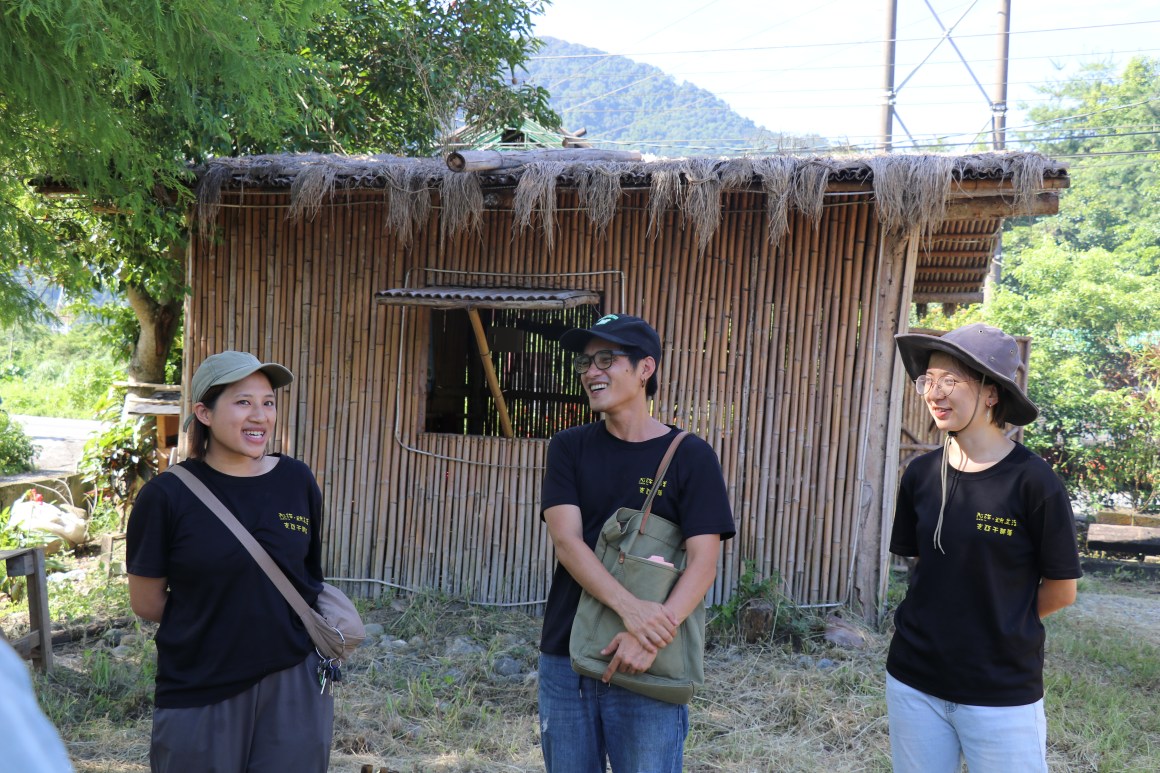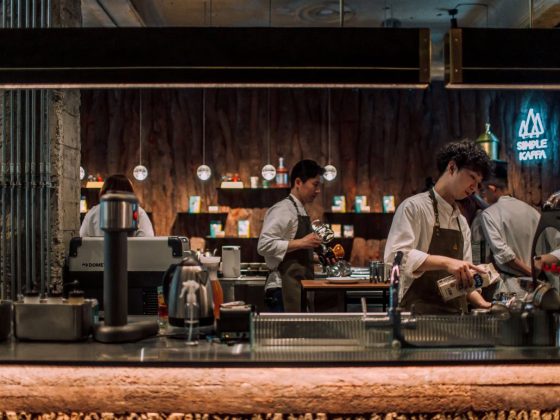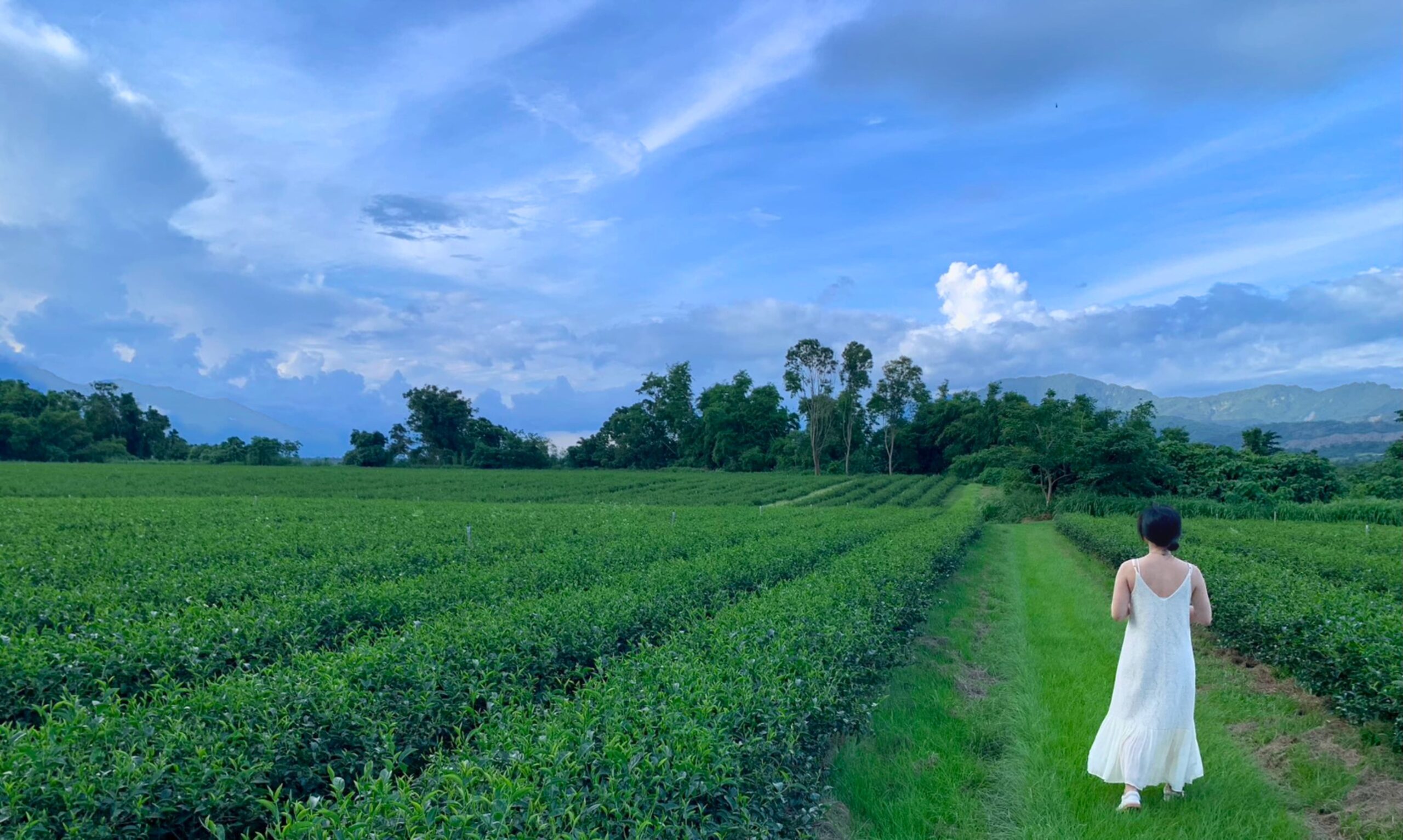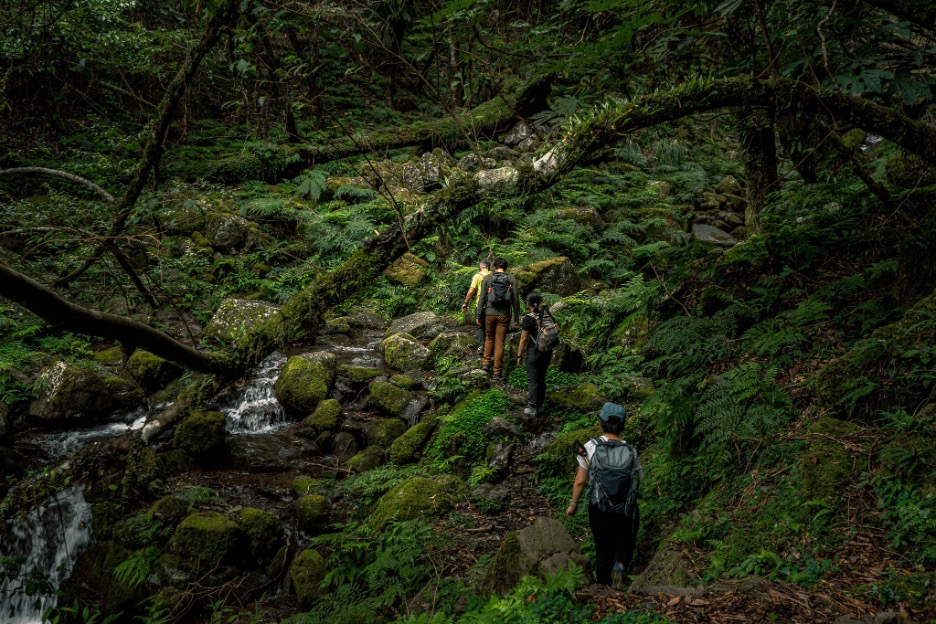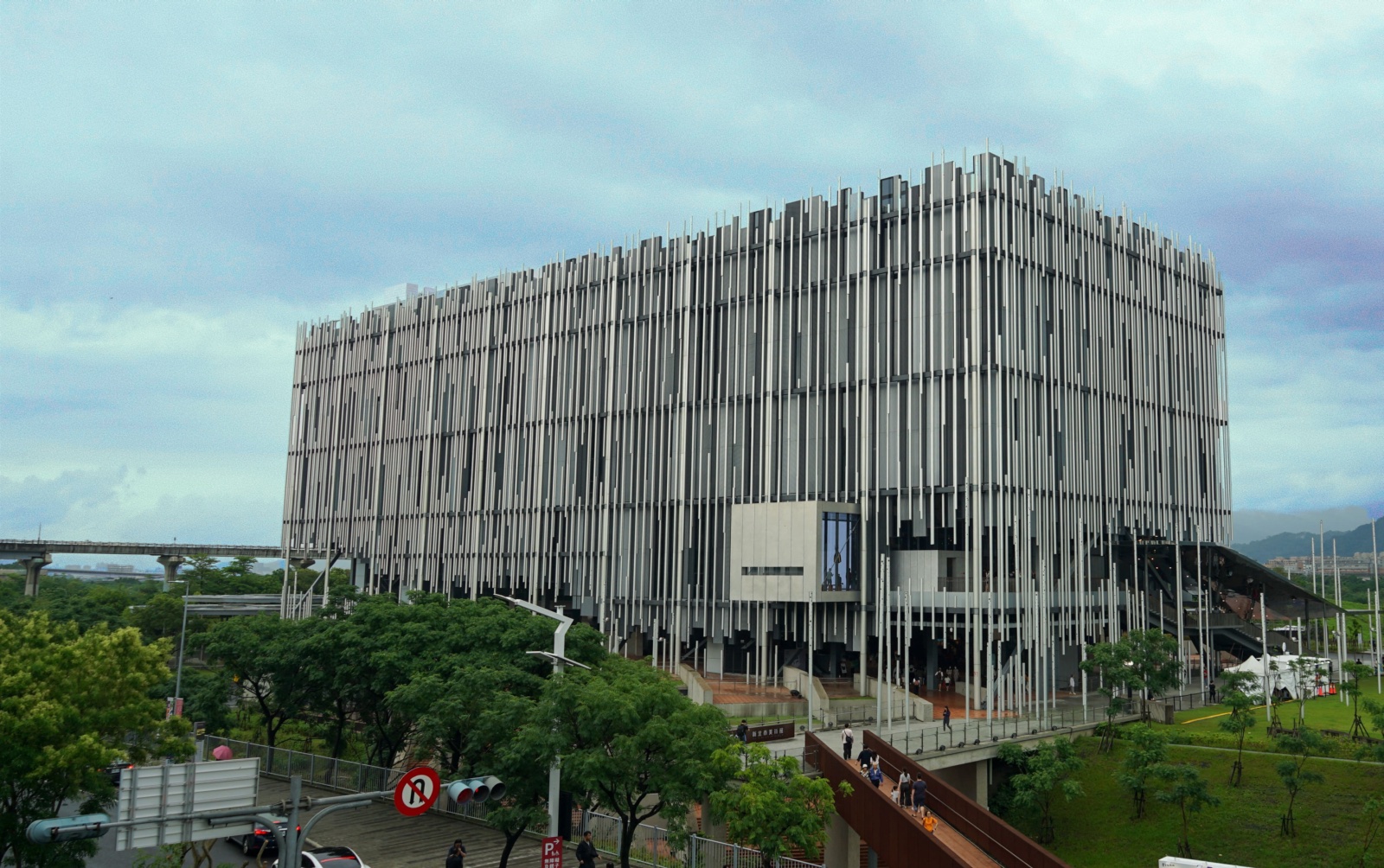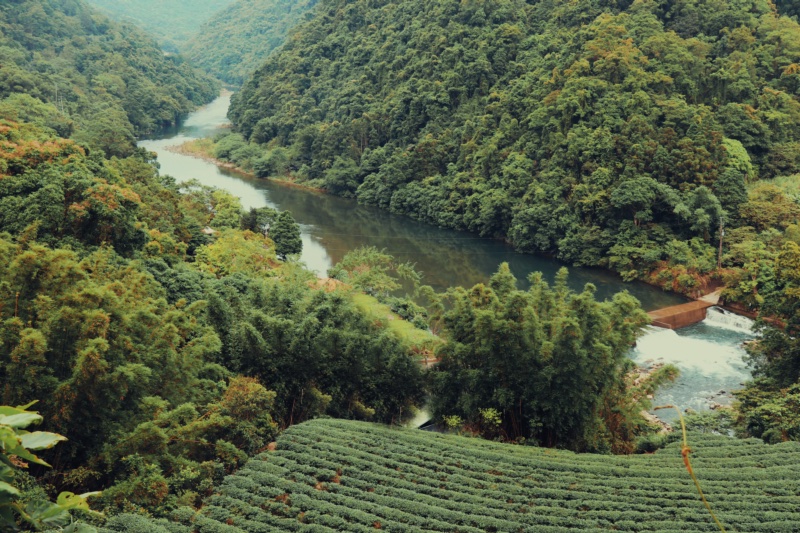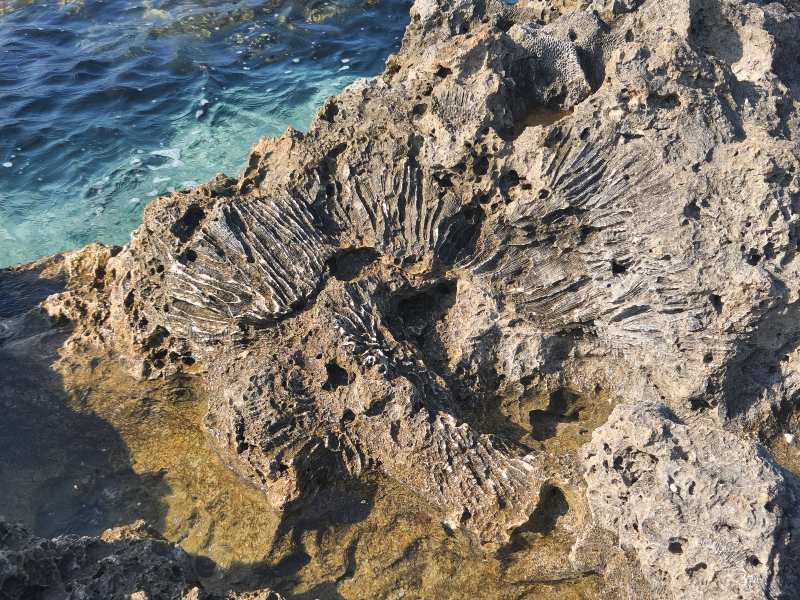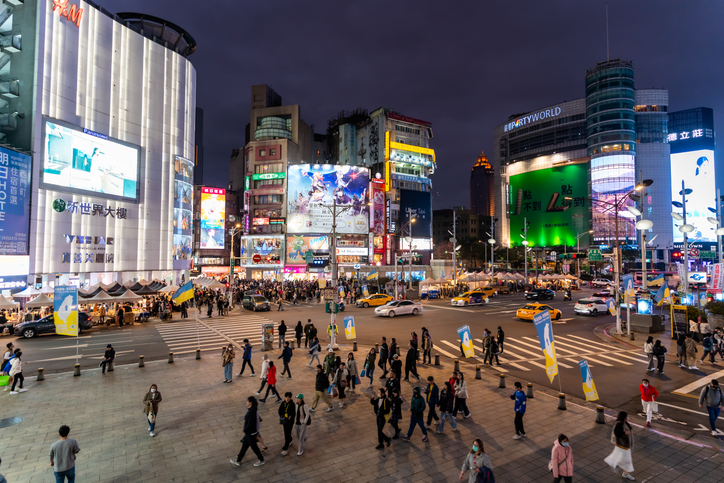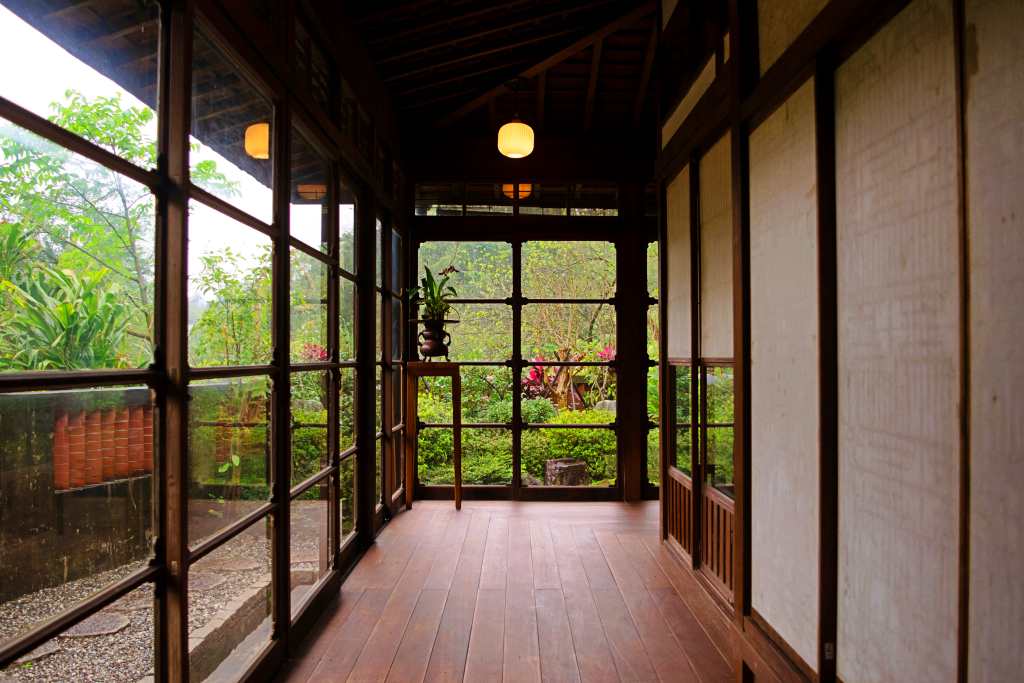Author: Lilian Yen
Photographer: Lilian Yen
Eastern Taiwan is an unfamiliar region to many, a hidden gem even to the locals themselves. Here, amidst the lesser-explored territory, an inspiring beauty unfolds. Departing from Taipei, I took the Tze-Chiang Limited Express (Taroko) train (太魯閣號), a recently introduced model that enhanced the travel experience. Despite the three-and-a-half-hour duration of the ride, the combination of the splendid weather and the new train made time seem to pass swiftly. As I journey along the east side, I have the opportunity to visit the remarkable tribes. These include the mesmerizing geological formations of the East Rift Valley, the authentic cultural expressions of the indigenous tribes, and the impressive knowledge inheritance from the tribe ancestors. Visiting these sites allows travelers to form a truly captivating impression of eastern Taiwan.
Unveiling the Cultural Tapestry: Exploring the Indigenous Tribes in Hualien
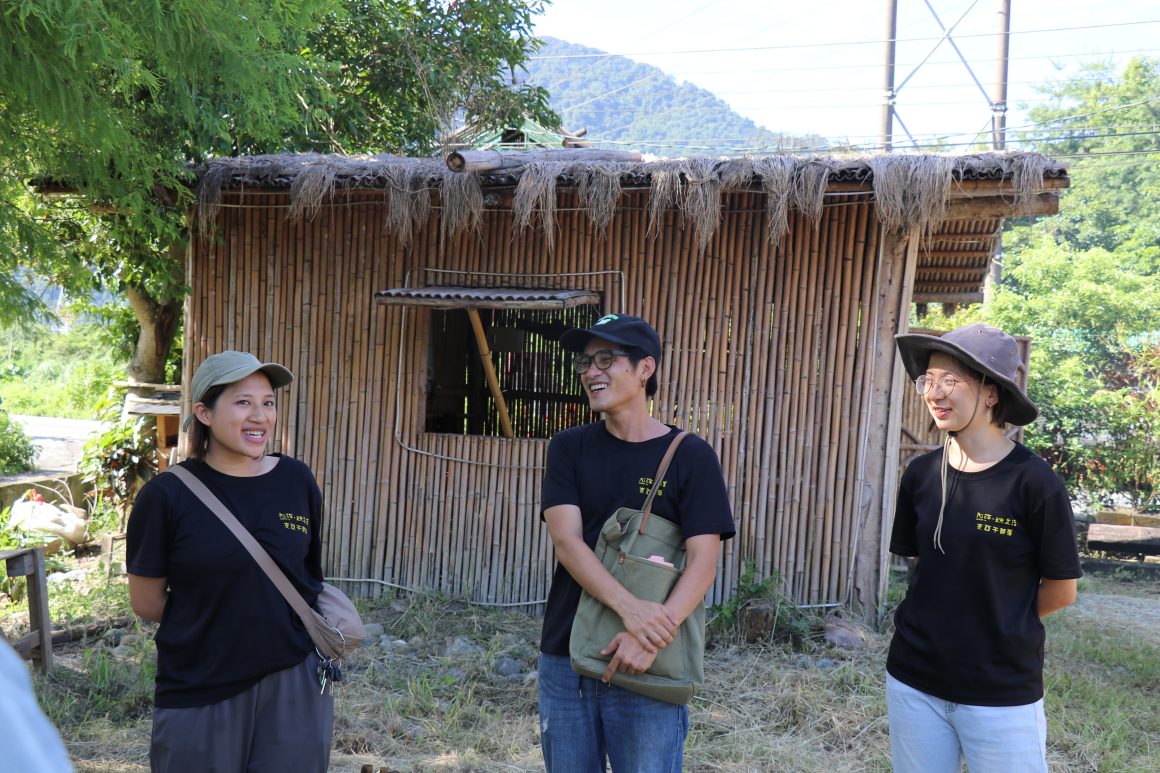
Stepping into the realm of the indigenous tribes as a first-time visitor, I embarked on this journey with a sense of anticipation and an open heart. The first destination was Shofong station (壽豐站) in Hualien, where Akay Play Life (阿改玩生活), members of the Truku (Taroko) tribe (太魯閣族) extended a gracious welcome upon our arrival. We were then divided into four groups, each assigned a unique activity centered around the Qmpah tree cave dining tour. For my chosen activity, I opted to immerse myself in the art of preparing Hlama Blbul (香蕉飯), one of the renowned indigenous delicacies. We began by boiling the banana leaves, ensuring their structural integrity. Next, we peeled the bananas and squeezed them, evenly blending them with sticky rice that had been soaking overnight. With a gentle touch, we scooped the mixture and nestled it onto the front side of a banana leaf, taking note of its orientation. Finally, our creations were carefully placed in a large pot, where they steamed for 40-60 minutes. And voila! The final reveal awaited us at dinner.
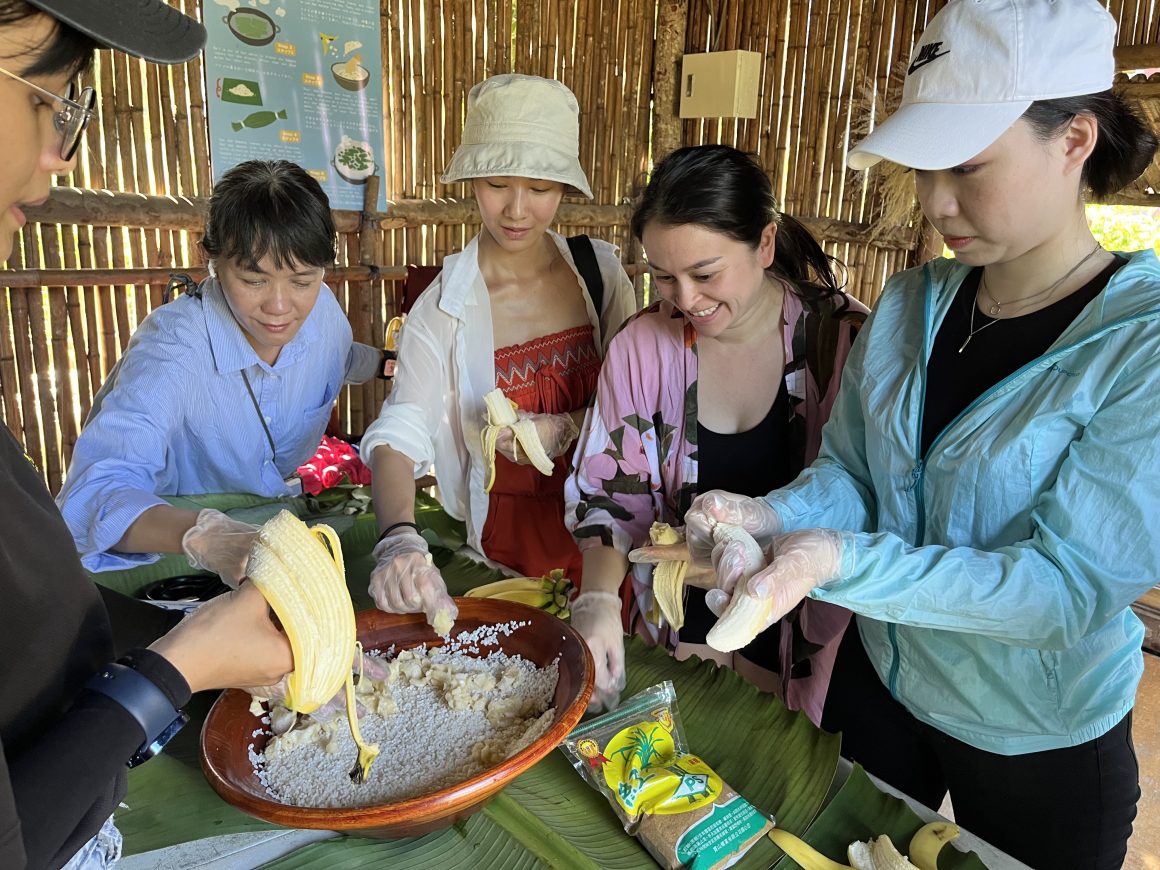
After the farming experiences, we were guided on a walking tour through the village. The Popword came to our aid, delivering information not only in Mandarin but also in English. It offers both audio and text translations tailored for English speakers. Along the way, our knowledgeable guide told the tales behind each corner, shedding light on the historical significance and profound meanings infused within the village’s fabric. Amidst the tales, our guide dived into the intriguing symbolism of the rhombus adorning certain houses—a potent representation of the ancestral spirits’ watchful gaze, embodying both vigilance and guardianship.
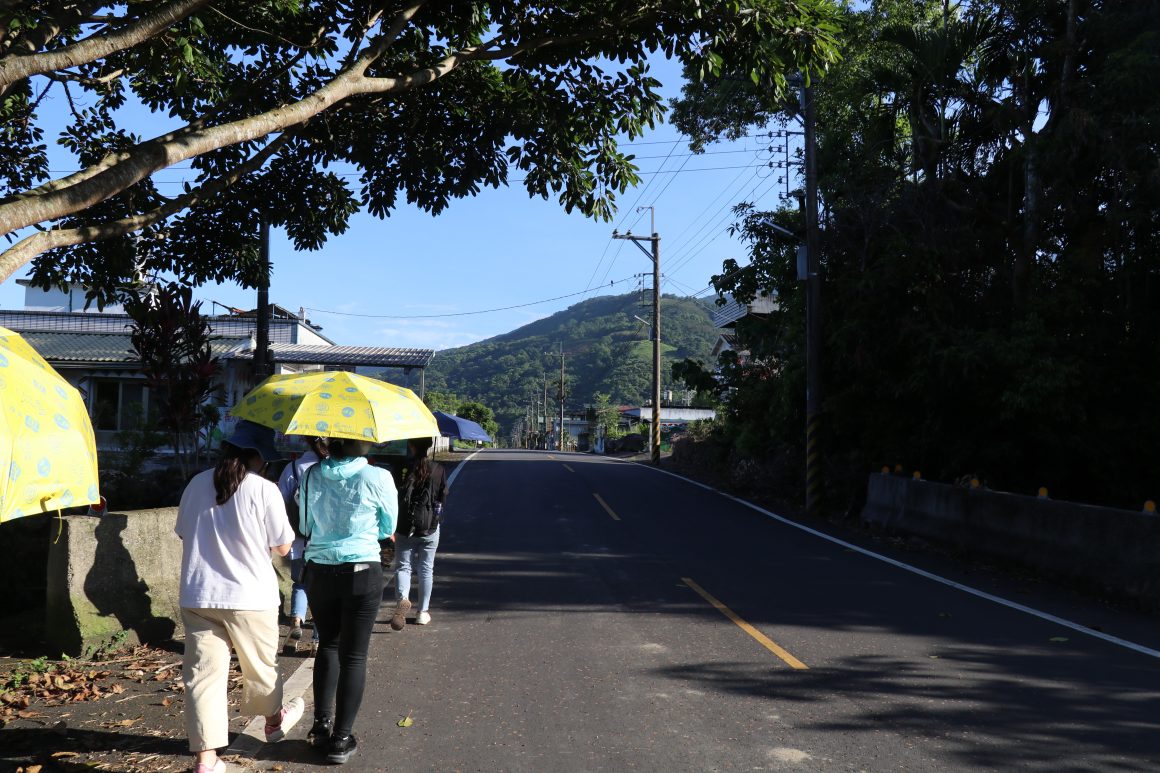
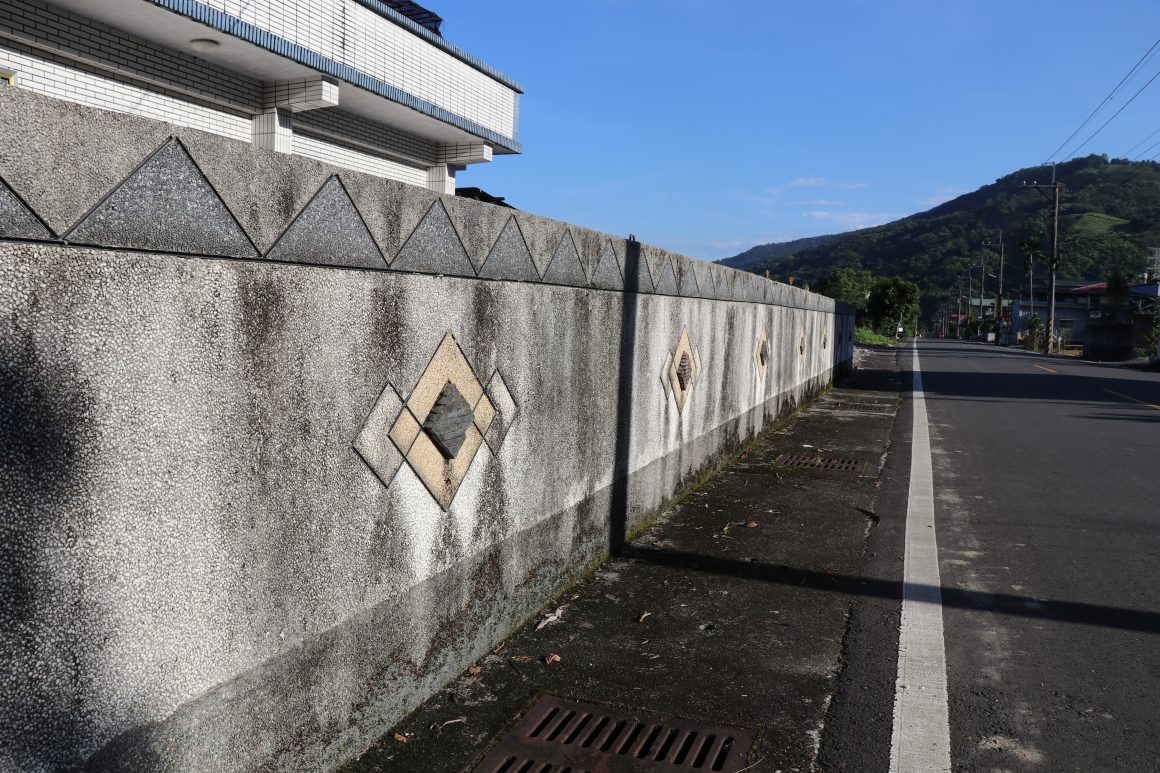
As the day slipped away, we found ourselves in the ambiance of dinnertime. Arriving at a picturesque campsite, Akay Play Life members had orchestrated a stunning dining experience. Every aspect was thoughtfully planned, evoking a sense of gratitude and appreciation within me. From the table setting to the tailored tableware, and the presentation of each course, every detail was an exquisite testament to their dedication. The most memorable dish to me was undoubtedly “The Sacred Wild Boar”, it was well-seasoned yet tender, juicy but not greasy. Even writing about it now makes my mouth water.
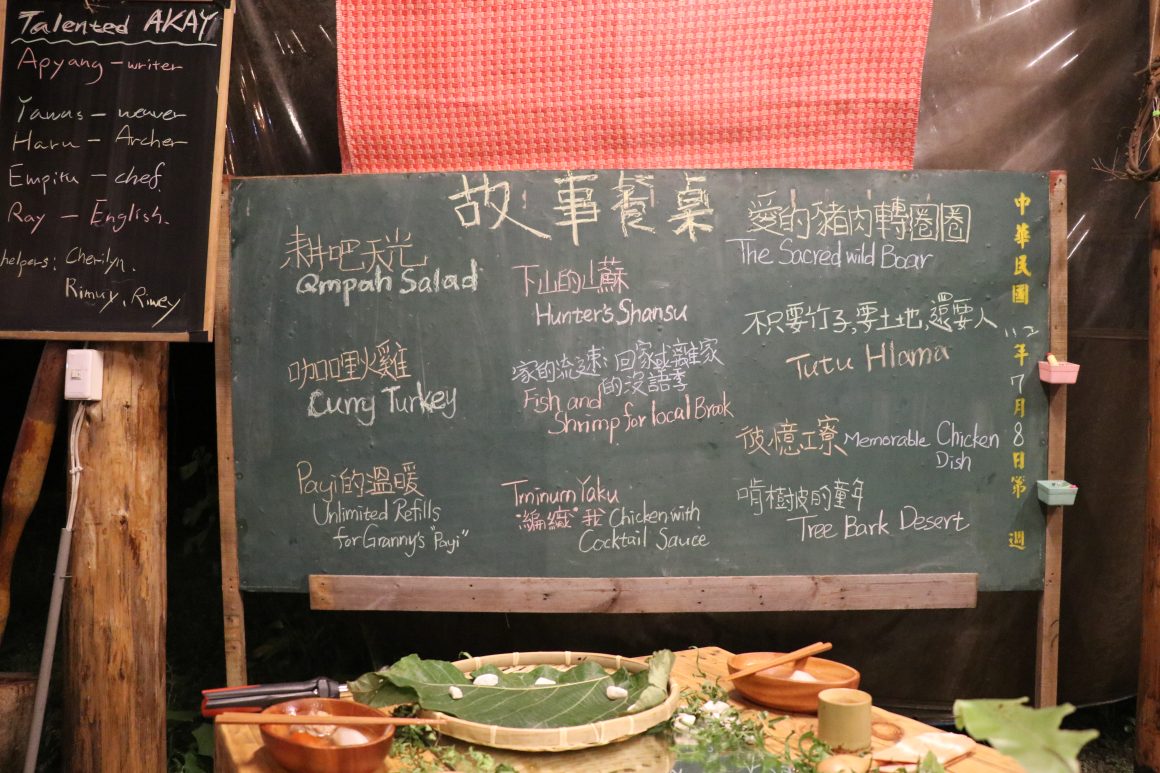
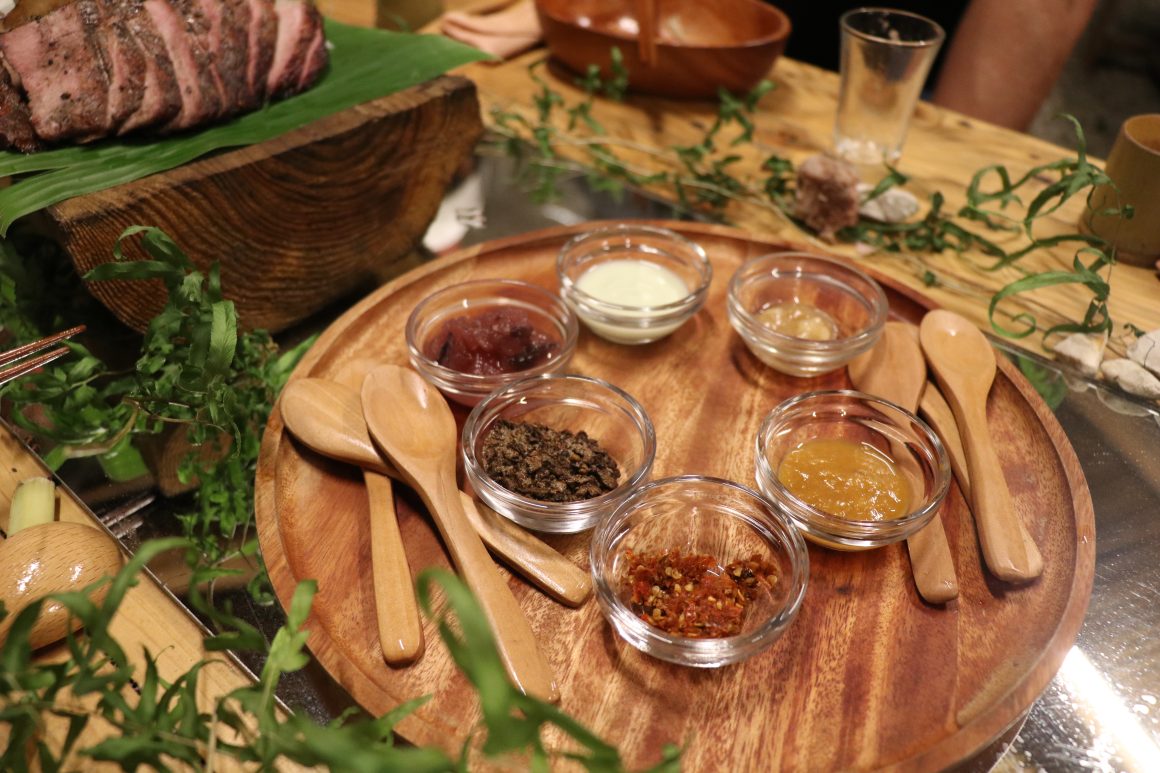
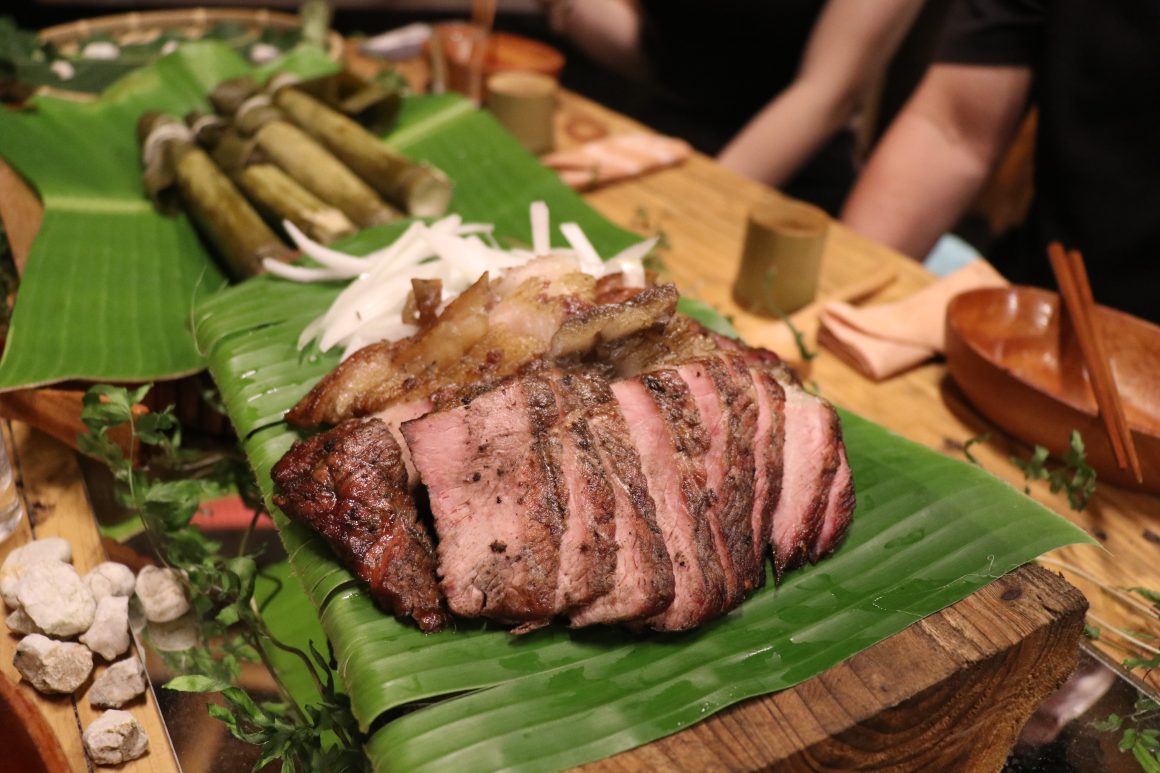
After savoring a delightful dinner, we applauded our gracious hosts for their exceptional hospitality. With contentment , we boarded the bus and took on a short 20-minute journey back to our cozy resting place for the night. As we arrived at The Peaceful Village, soft string lights gracefully adorned the foyer, creating an atmosphere of tranquility. Not to mention the warm hospitality from the host. Instantly, a sense of ease washed over me, as if I had found a home away from home. Goodnight and sweet dreams to Hualien.
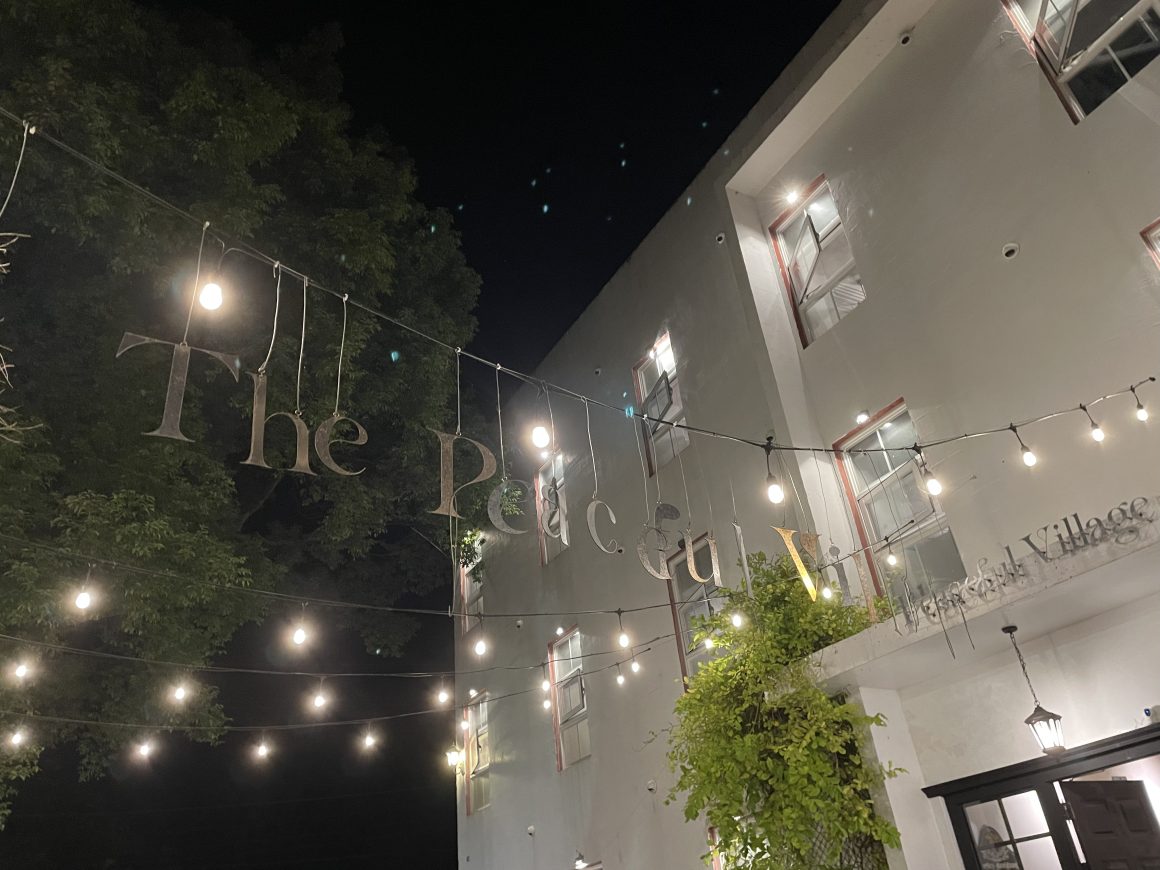
Ascending the Peaks: Embracing the Bunun Tribe’s Spiritual Connection in Taitung
The next day, we continued our trip to Taitung by bus. We were greeted warmly by the amiable Bunun people who organized The Uninang Multicultural Workshop (烏尼囊多元文化工作坊). In the tribe’s native tongue, “Uninang” means “Thank You” and “Bless You.” Following a lighthearted introduction, we transitioned onto sturdy vans, ready to conquer the winding mountain roads ahead of us. Having reached an altitude of about 900 meters, we were prepared for the beginning of the hunting trail, the Yongling Mountain Sacrificial Site. Before we began, our guide bestowed upon us a glimpse into a ritual from the heart of the Bunun tribe.
With great reverence, they engaged in a solemn ritual, crafting three shots within a glass made of bamboo. Accompanied by the sacred betel nuts, this ceremonial offering served as a heartfelt gesture to honor their forebears and seek their blessings and protection for the unknown path that lay ahead. En route, we were privileged to witness the intricate craft of trap-setting, the art of hunting, and the wisdom of leaving subtle traces in the woods to ensure they never lost their way. Our guides also enlightened us about the wild berries and cautioned us on the treacherous flora, distinguishing between the harmless and the poisonous. They further imparted upon us the skill of discerning animal markings on trees, enabling us to ascertain which creatures roamed nearby or had recently passed through.


At last, we reached the top of Yongling Mountain, overlooking the beautiful scenery of the East Rift Valley. The breathtaking view that unfolded before our eyes left us utterly speechless. As someone who had spent the majority of my life amidst the bustling confines of a city, I found myself momentarily incredulous, unable to fathom the magnitude of the panorama before me. Our exceptional guides put together the Hunter’s Outdoor Dining Table detailing not only the ingredients of each dish but also unraveling the stories behind them. We were able to roast pork like Bunun hunters around the fire, and helped ourselves with soup that was boiled on the bonfire. Halfway through the dining experience, we were graced with interludes, providing us with the pleasure of immersing ourselves in the ancestral chants passed down through generations of the Bunun tribe. Although I couldn’t understand the words spoken, the melodic cadence and soulful voices resonated deep within me, eliciting a sense of admiration. In this spiritual connection, the power of music was a touching reminder, resonating with the value of culture.
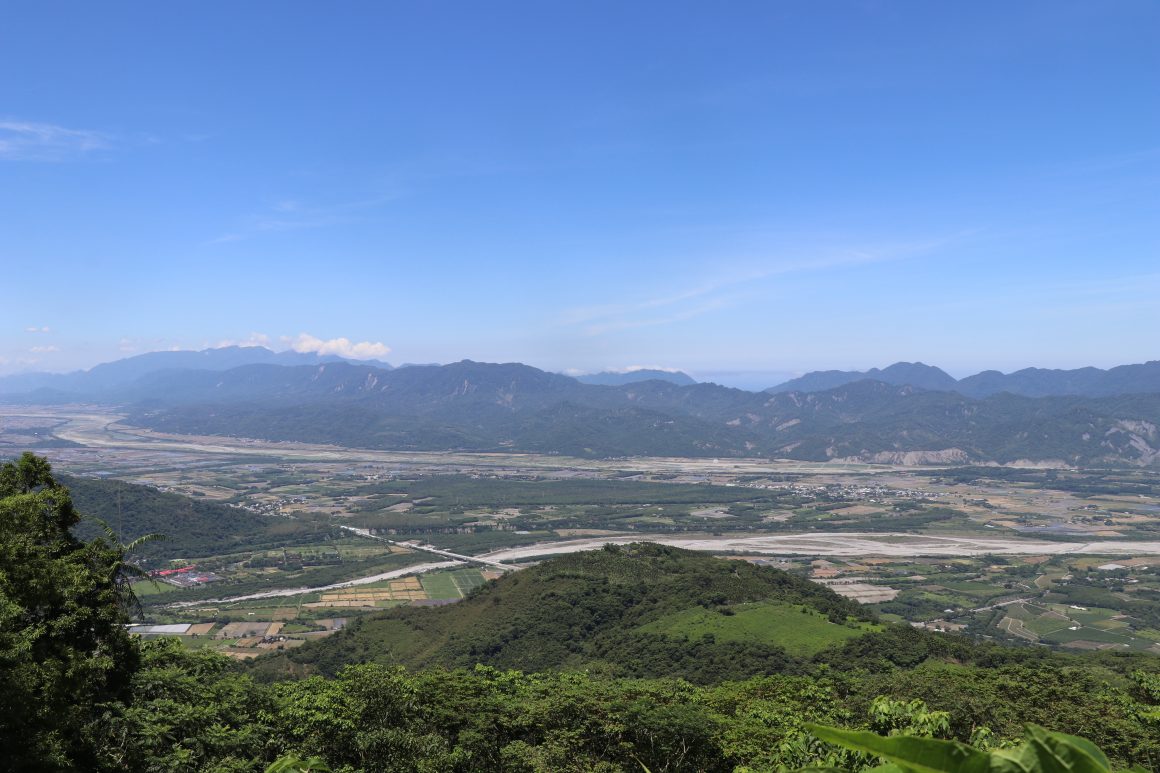
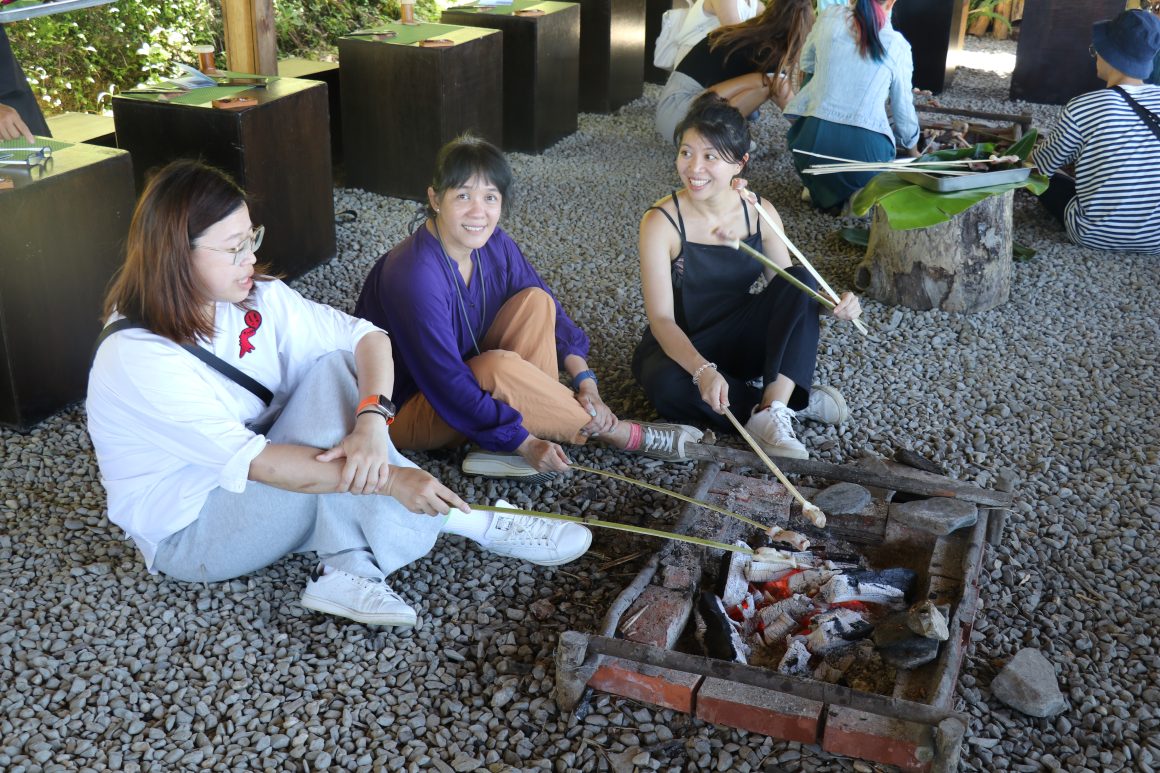
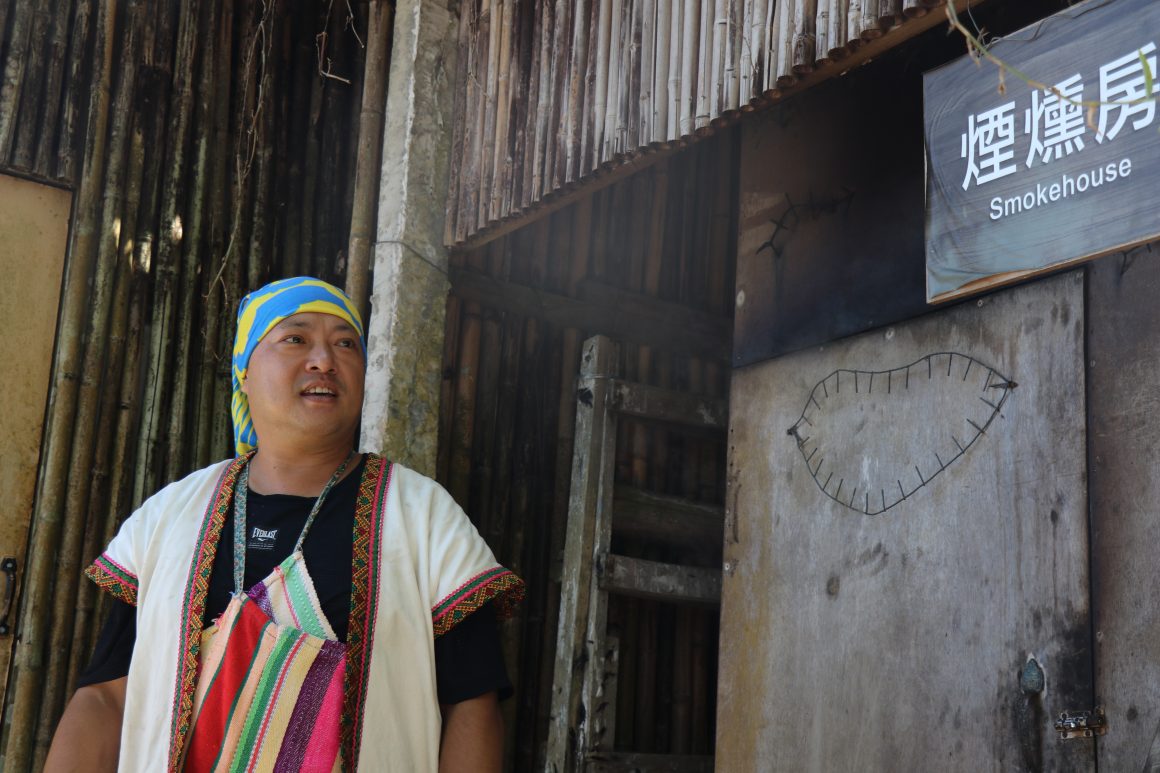
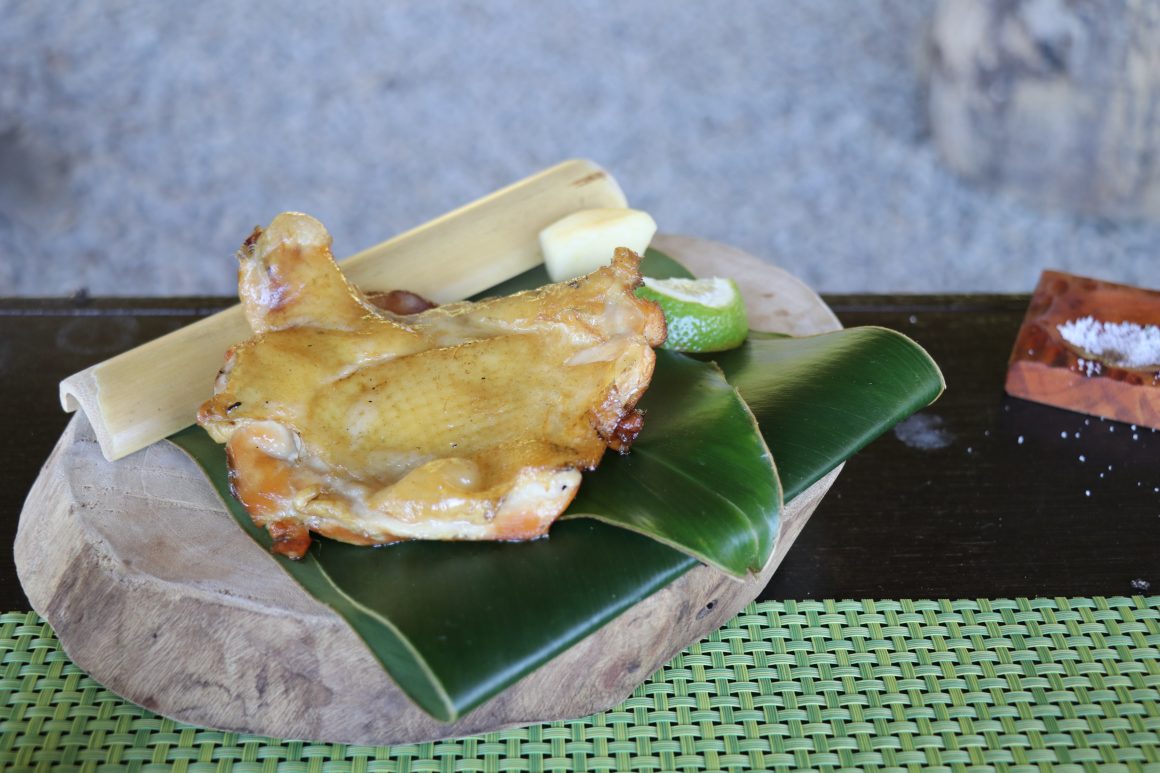
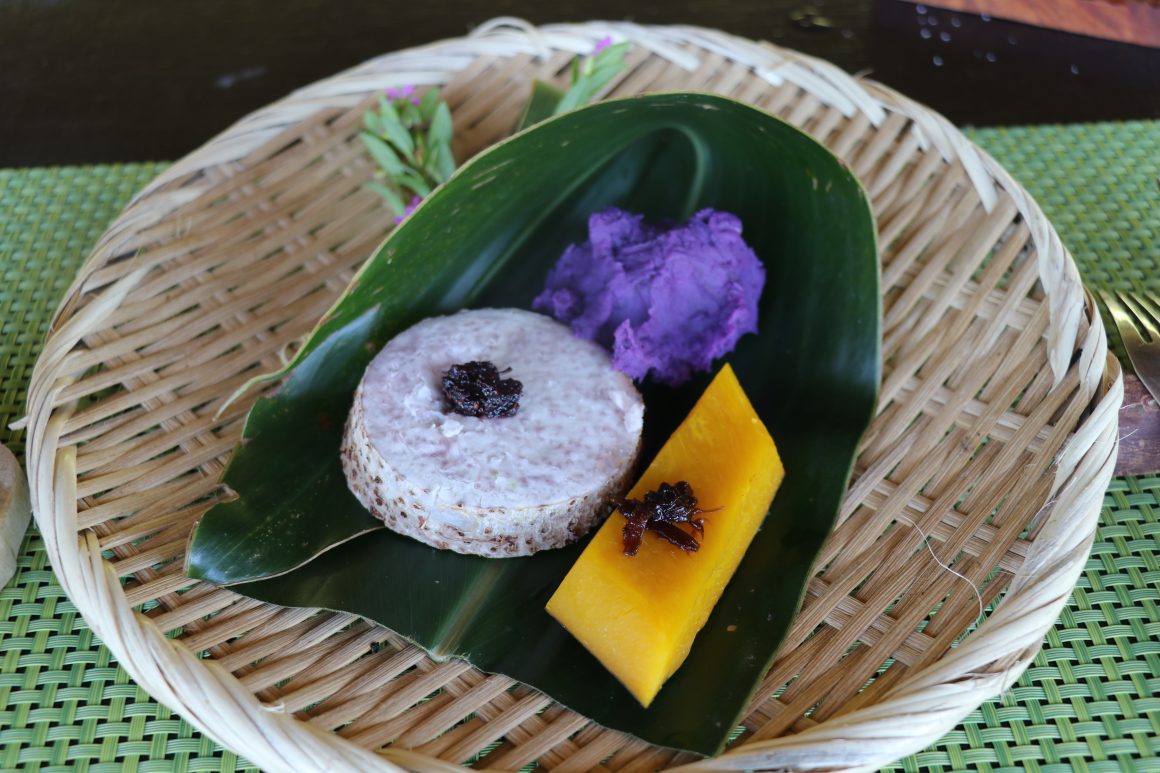
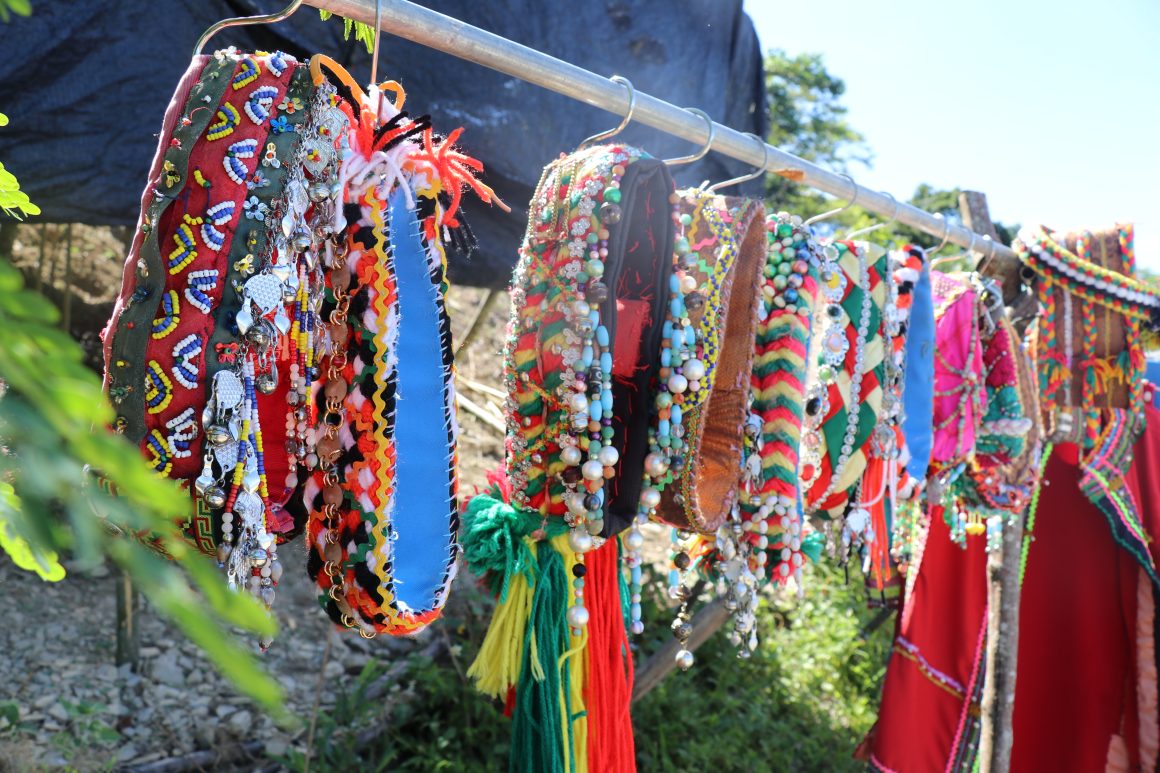

A Transformative Experience: Appreciating the Profound Beauty of Eastern Taiwan
The two-day journey proved to be a remarkable blend of education and emotion. Bearing witness to the vibrant cultures of two tribes:
- Akay Play Life, the Truku (Taroko) tribe (太魯閣族): Click here.
- the Uninang Multicultural Workshop 烏尼囊多元文化工作坊. Click here.
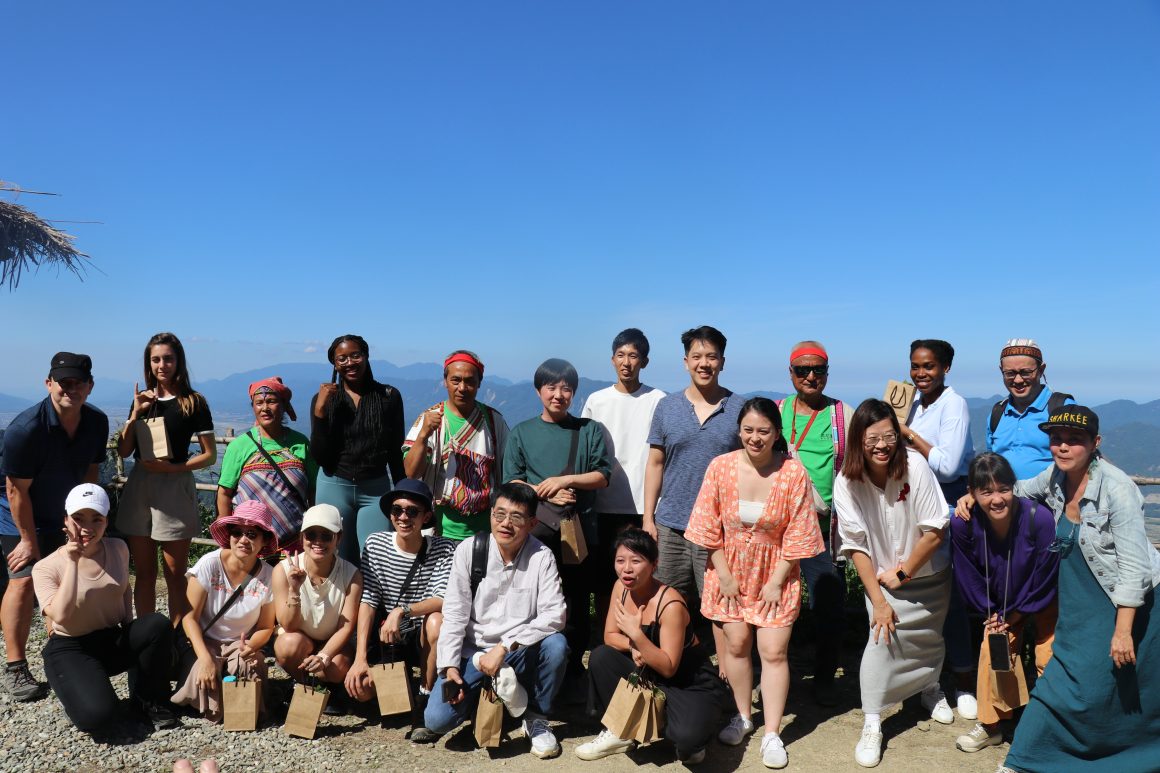
The inspiring beauty of the tribe village in Hualien, and the East Rift Valley in Taitung imprinted an unforgettable experience in my heart. This transformative experience broadened my perspective, serving as a humbling reminder that our relentless pursuit of materialism often obscures our ability to appreciate the worth of life’s simpler pleasures. Experiencing the breathtaking scenery of Eastern Taiwan was a profound realization of the natural wonders this island has to offer. Despite its compact size, Taiwan’s abundant nature left a lasting and powerful impression on me. It unveiled the undeniable truth that these seemingly ordinary moments hold immeasurable value, enriching us both physically and spiritually.

